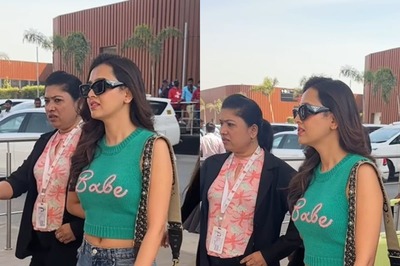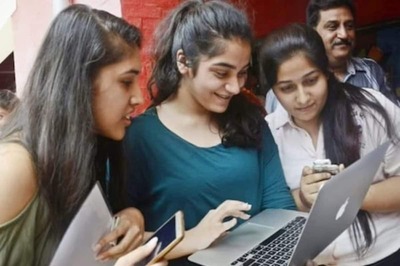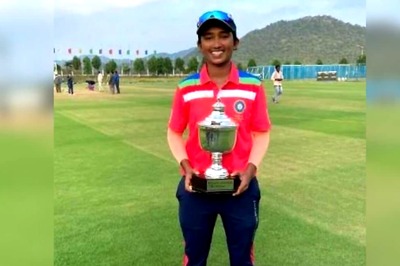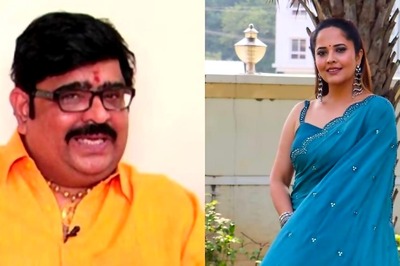
views
hyderabad:Sculptures not only represent traditions or culture but also represent elements of human life like emotion, struggle, love and beauty. They narrate stories about civilizations, about its art and culture, about the livelihood of its people, development of skills and the people’s perception of life on the whole. India has always been recognised for its sculptures of deities and sacred idols. And Hyderabad has definitely been in the forefront because of its wealth in local sculptors. The Shrishti art gallery’s sculpture exhibition, which showcases the craftiness of some of India’s finest sculptors besides its Hyderabad’s very own, is aptly named ‘Vigraha’. Bronze sculptures are one of the most popular metals for casting metal sculptures. Initially a terracotta mould is prepared, into which the bronze cast is then made with fine intricate details. Sculptures by Laxma Goud, T Vaikuntham, C S N Patnaik and his son Ravishankar Patnaik, among others, are on display at the art gallery. They range in variety pertaining to subjects, sizes and specifications. There are sculptures depicting a woman’s beauty, a man’s struggle and the different faces to the same person that have different connotations. The beauty of these sculptures lie in the fact that they say it all. P R Daroz’s sculptures, created using found objects, depict a male and female form, which were made by welding and joining different articles. Remani Nambiar, who owns the Shrishti art gallery, explains “Terracotta moulds survive longer and help in creating more editions of a metal casting.” Several works made using terracotta moulds, by Vikram Chandru, an emerging artist and Rohini Reddy and Laxma Goud, are on display. Glass sculptures are considered to be one of the most toughest forms of art work. “They are considered challenging as there cannot be a duplication of work,” says Nambiar. Also featured as a part of the exhibition are art works by Sisir Sahana, a city-based glass sculptor. One of them is an exquisite glass piece of human faces. Apart from bronze, glass and terracotta, aluminium fabrication, which is an aluminium based alloy, is used to create one of the most contemporary art forms of the art. A very smooth finish and it’s ability to take on a wide range of colours sets this medium apart. Chinatala Jagdish’s piece of human faces were profound and contemplative while beautifully expressing the uniqueness of aluminium fabrication.Another form of sculpture that has caught the fancy of Hydera-badi sculptors is scrap art, or art made using found objects. Many city-based artists have started using scrap iron, wires and metal extracts in the composition of their sculptures. Take for example C H Manohar’s deer made from electric wires, Vikram Chandru’s human face in wood or Narothamdas Luhar’s bird in scrap iron. According to C H Manohar, “The whole concept of making a wire sculpture is to see its beauty through its shadow. When it is placed on higher platform under a light source, that’s when it becomes more beautiful.” Another of his works is a fibre piece portraying a man and a tiger. “My whole idea of making this piece was to create a harmony between humans and animals, and also through this I wanted to raise the issue of tiger extinction.” Other artists featured in this exhibition include Alex Mathew, DLN Reddy, KS Radhakrishnan, Nagji Patel from Mumbai, Rajendrakumar Tikku, from Jammu and Kashmir, Shivarama Chary and Sanjeev Sonpimpare.



















Comments
0 comment